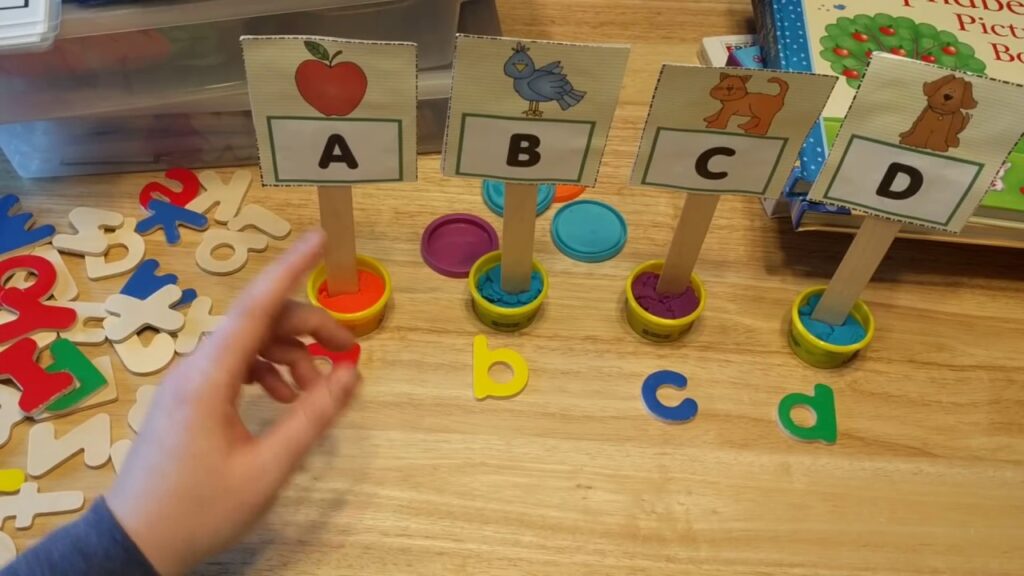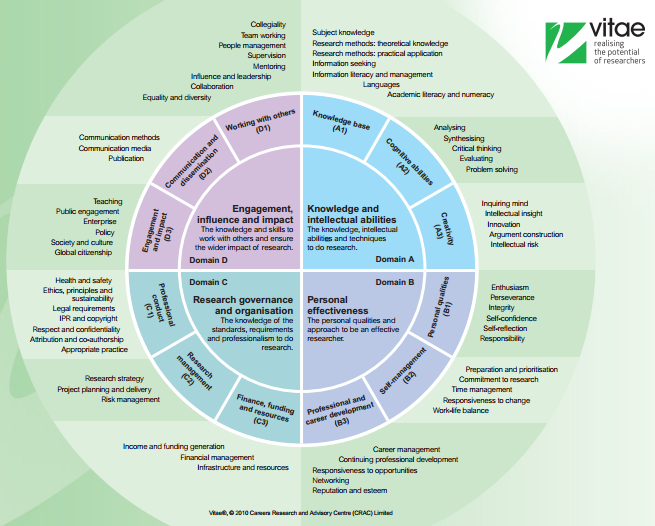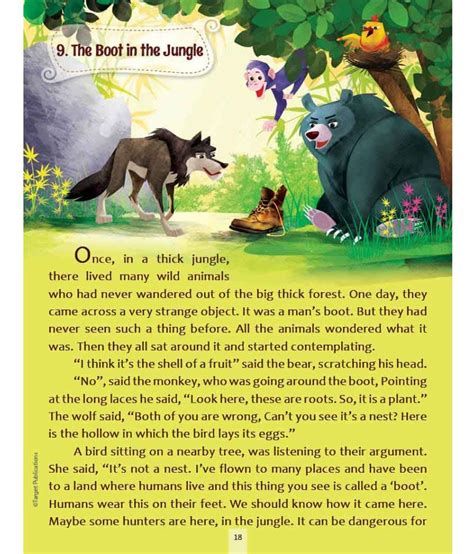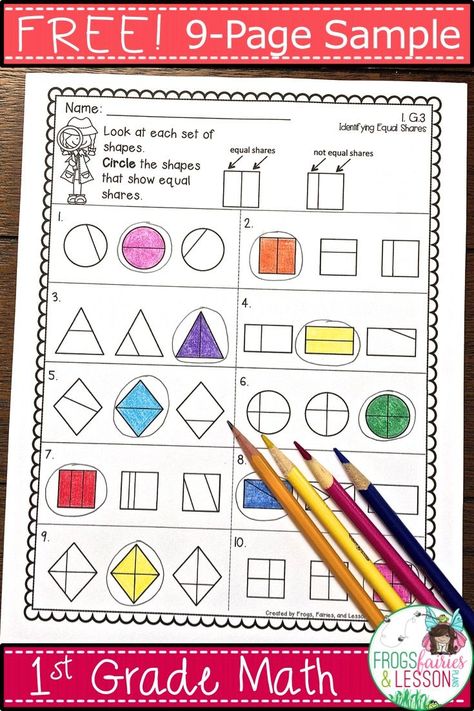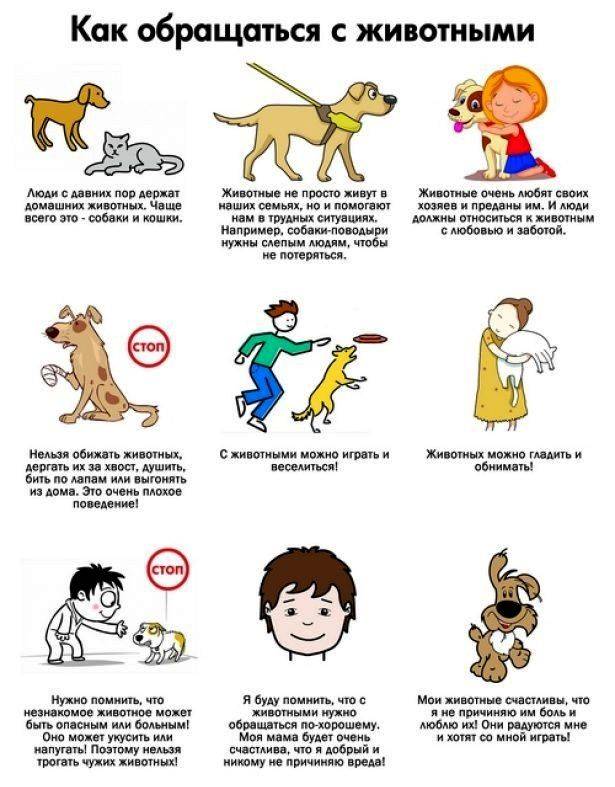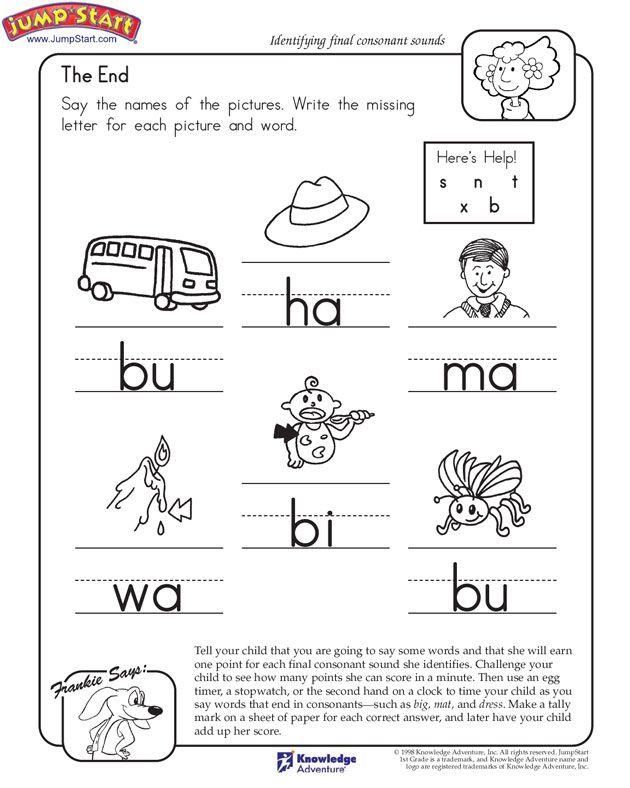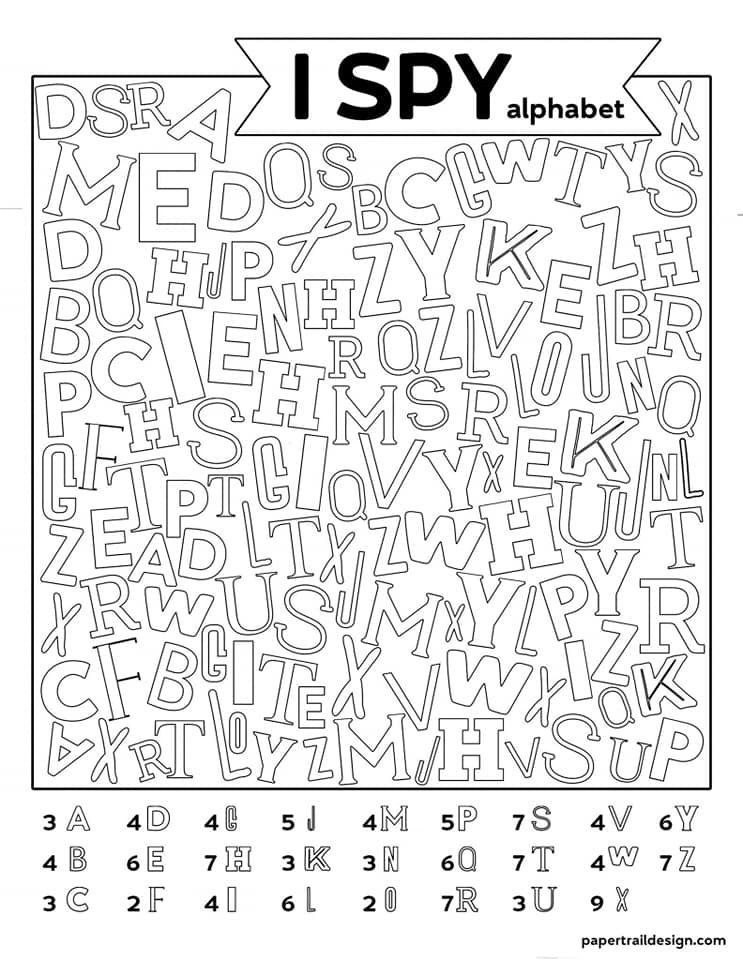Ways to teach toddlers the alphabet
9 EASY Ways to Teach Toddlers The Alphabet (2023)
Teaching the alphabet is one of the first things that you will teach your child!It’s essential to know the alphabet, so toddlers/preschoolers can start recognizing letters and learning phonetics.
But teaching your kids the alphabet can be incredibly frustrating!Trust me; I know first hand how challenging it can be! But I promise if you stick with it and work with your toddler every day, you will see progress! Below you will see a video of my son working on his skills!
Today, I’m sharing 9 ways to help teach the alphabet to your toddler!#1.
Did you know that there are FOUR ways that people learn? (Visual, auditory, reading/writing, and kinesthetic)
When children are exposed to alphabet toys like puzzles, magnetic letters, or foam letters, it is an excellent opportunity to begin teaching them.
Children can look at the letters, hear you say the name of the letter, and physically touch them, which almost hits all of the ways that we learn best (reading and writing will come at a later date for these kiddos).
I have used a variety of different alphabet toys with my kids to help them learn their letters at such a young age.
Here are FIVE alphabet toys that I recommend.A. Melissa and Doug See-Inside Alphabet Puzzle
I can honestly say that my son learned his ABC’s with this puzzle!
At the time this short video was taken, he was 16 months old. Below you will find a video of how you can play with this toy to help your toddler learn!
Check Price - Amazon
B. Melissa and Doug Alphabet Sound Puzzle
Do you have time to sit and play with your toddler all day?
Most likely, the answer is no, we all wish we could, but dishes need washing and laundry needs folded. This puzzle is fantastic because not only does it have the letters but it also makes the phonetic sound for each of the letters!
Check Price - Amazon
They can still be learning even when you are not right next to them!
It’s suitable for toddlers and preschoolers so they can start connecting the sounds that each letter makes.
C. Sesame Street Elmo’s On the Go Letters
Who doesn’t love Elmo?
Check Price - Amazon
This alphabet toy has the letters that children can manipulate and also includes some of their favorite Sesame Street characters inside once they lift the letter!
*TIP* It is a little harder for younger ones to try to get the letters in and out, so you may need to be there to help them with this toy until they can pull them out themselves.
D. LeapFrog Fridge Phonics Magnetic Letter Set
My husband collects magnets from everywhere we travel, and our kids can’t get enough of pulling them off of the refrigerator!
That’s why I knew this toy was going to be a hit for both my kids!
These magnets can stick to the refrigerator, which is fun and engaging for toddlers. It comes with a magnetic bus that kids can press the letter into, and it tells them what letter it is and the sound it makes.
It also says words that begin with each letter and uses the word in a sentence, which is great for preschoolers or kindergartners, which makes this toy worthwhile since it can be used for a couple of years!
Check Price - Amazon
E. Leapfrog My Own LeapTop
My FAVORITE on the go toy! I had to get two because both my kids wanted their own.
I keep both of them in the car because it’s a fun toy for them to play with for a few minutes while we are in the car, and they get to be learning at the same time!
There are four functions on the computer for kids to interact with (letters, messages, animal games, and music). You can also personalize the computer by adding your child’s name in it!
You can also personalize the computer by adding your child’s name in it!
Check Price - Amazon
#2. Repetition is Key!
Remember that time when you told your toddler something once, and they remembered it correctly, and you never had to say it to them again?
Yeah, me neither.
When you are trying to teach anyone something new, especially toddlers, repeating the information is crucial. Even though my son knows the alphabet, I still spend at least 10 minutes a day going over it with him, so he remembers the information.
It is engaging for your kids also to present the alphabet in different ways, so they don’t get bored with the same toy, which I will explain in the next section.
#3. Alphabet Learning Activities
There are so many creative and fun ways to help a child learn the alphabet!
Does your child love blocks? Try writing the letters of the alphabet on the Mega Bloks to get them interested in learning them.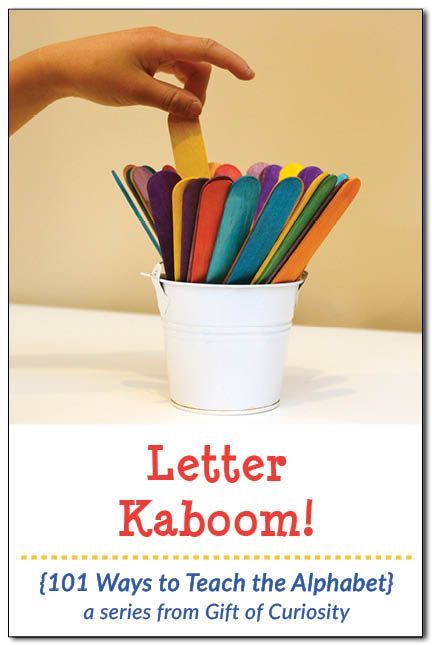 Use a dry-erase marker, and it comes right off with a baby wipe!
Use a dry-erase marker, and it comes right off with a baby wipe!
Does the child enjoy painting? Paint letters on a piece of paper and ask the child which letter is which.
Does the child like to play in the bathtub? Get foam letters that are made to go in the tub and review the letters when it’s bath time!
No matter what the child enjoys, you can use their interests as an opportunity to help them learn.
I have an article that lists 21 PERFECT Alphabet Activities For Preschoolers, check out this article to learn about more activities that you can do!In the meantime, here are THREE easy activities you can use today!
A. Post-It Letter Activity
I think it’s easiest to do activities with supplies that you already have at home!
Write down an upper/lower case letter on each post-it note.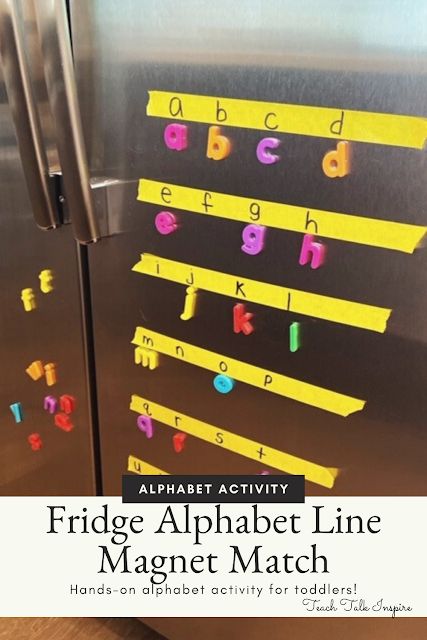 Mix up the letters and ask your child to find a letter. Or, if they are really excited about pulling the post-it notes off the wall, when they pull them off, ask them what letter they have in their hands!
Mix up the letters and ask your child to find a letter. Or, if they are really excited about pulling the post-it notes off the wall, when they pull them off, ask them what letter they have in their hands!
B.Do-A-Dot Painters
Who doesn’t love paint that doesn’t cause a mess?
Do-A-Dot Painters are so much fun, and the clean-up is so much easier than traditional painting.
All you need to do this activity is Do-A-Dot Painters and my FREE Do-A-Dot Letters
How to help your kids learn with this activity:
1. For early learners, identify the letter to them. Have them try to look around the worksheet to see if they can see at least one or two matches to the letter you are working on. If they are struggling to use the Do-A-Dot painter on their own, try to help them by having them hold your hand while you both do it!
2. Older children should try to do this activity on their own. Ask them what letter it is that you are focusing on and have them try to use the Do-A-Dot painters on their own to see how many they can match correctly.
View Amazons Price
C. Sand Letter Search
This activity was a hit! Both kids continued to do this activity for a half-hour after they found the first round of letters!
You need kinetic sand and magnetic letters to do this activity.
- The link for magnetic letters above has uppercase, lowercase, and numbers in the container, which I thought was the best deal because you could do this activity for each of these.
Ask your kids to search through the container of sand to find letters. They will love it because the sand feels SO cool! Once they find a letter, they can find it on the below worksheet that I created for you.
*CLICK HERE TO GET YOUR FREE UPPER CASE LETTER SEARCH WORKSHEET!*#4. Begin With Uppercase Letters
I have noticed that almost all alphabet toys, learning videos, and books use uppercase letters.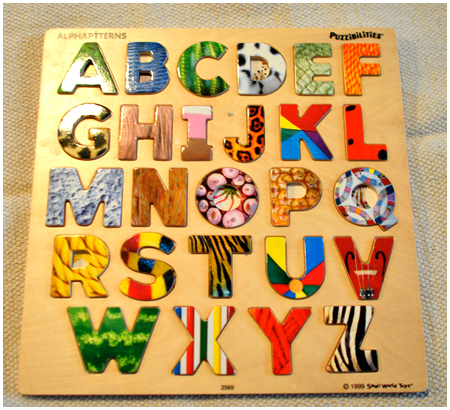
Because of this, starting with uppercase letters is the best way to teach your child the alphabet!
Make sure before moving onto lower case letters that your child knows each uppercase letter. I promise it’ll make it easier for them to learn!
We have these uppercase and lowercase learning locks that are so much fun to play with and work on fine motor skills!
Check Price - Amazon
It can be confusing for kids to hear that a lowercase letter is the same as an uppercase letter, especially if they look nothing alike. It’s essential to help them with this activity, so you can explain that they are the same letter!
#5. Read Letter Books
Each night, we have a routine to at least read 2-3 books with our kids before bedtime.
Reading is crucial to a child’s development.I don’t know about you, but I feel like each time I am at the pediatrician, they always ask me if I am reading to my kids.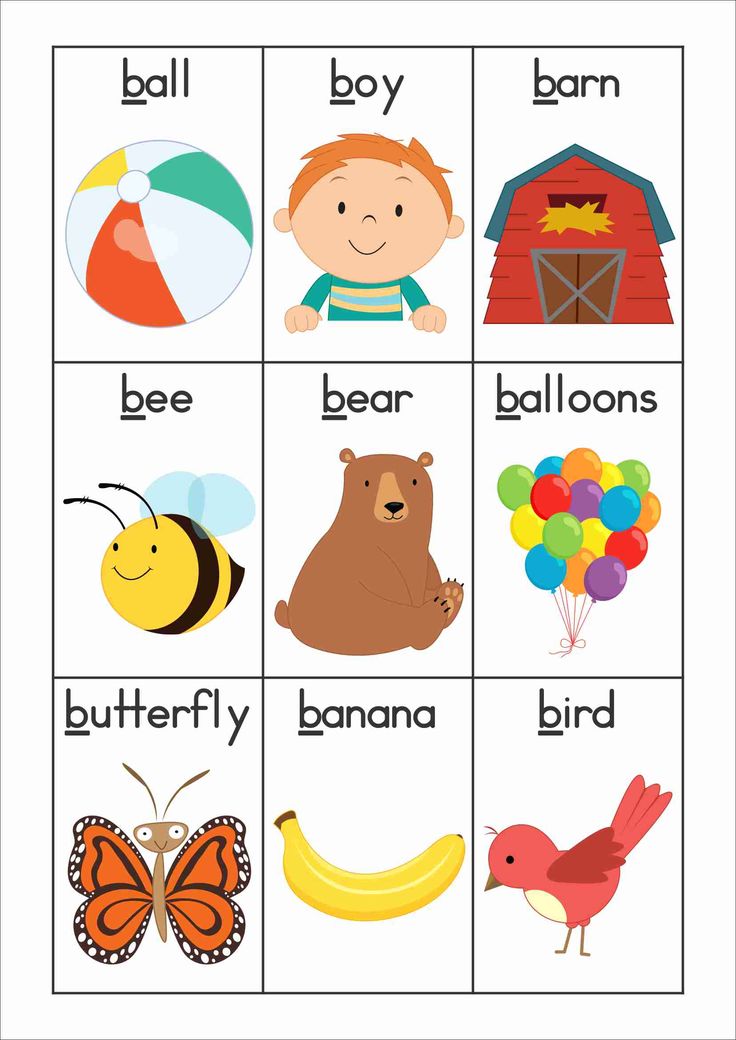 That shows me it’s pretty important!
That shows me it’s pretty important!
There are SO MANY books to choose from out there that focus on the alphabet and letter recognition. It’s challenging to make a choice!
But here is a list of my kid’s favorites.A. My Best Ever: ABC Alphabet Book
B. Chicka Chicka Boom Boom
C. LMNO Peas
D. Sesame Street: Elmo’s Word Book
- This book is my favorite! It has flaps that kids can pick up to see pictures underneath, so it’s interactive, which makes it more memorable for them.
#6. Watch Educational Videos
Yes, I know you think I’m crazy for recommending screentime for toddlers!
We try to limit the amount of screen time that we have at our house.
But there are times when I have to change the laundry or clean up the giant mess created in the kitchen from painting. Utilizing an educational video for these times can be extremely helpful, and I don’t feel that guilty.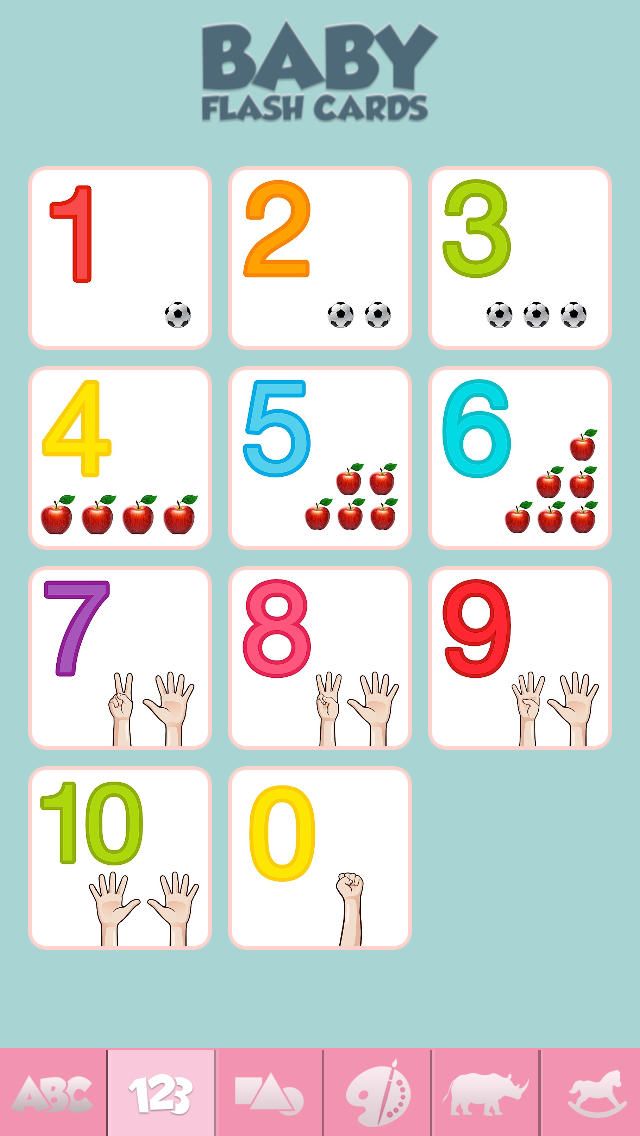
The current favorites at our house are Super Simple Songs, Bob the Train, or Little Baby Bum. These songs/shows are catchy, and they help aid in the learning process.
I’m not saying I allow my kids to watch hours of TV each day, but I do let them watch some.
#7. Focus On A Few Letters
Wow, I messed this step up when I was first teaching my kids the alphabet!
I started out showing them all the letters of the alphabet and trying to tell them all the letters at one time. I was wrong!
After realizing they weren’t picking up what I was trying to teach them, I tried focusing on only 2-3 letters a day.
This way, it wasn’t so overwhelming.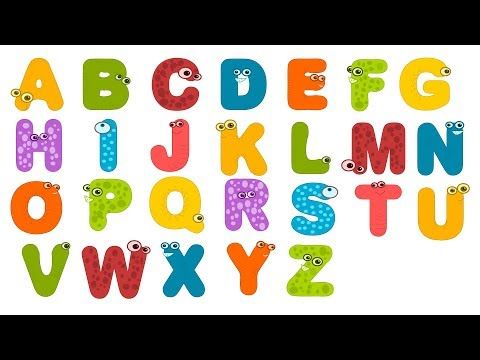
If you use one of the alphabet toys that I mentioned above or you have your own that works for you, start by showing them A, B, and C.
For a few days, go over just those letters then add two more to that list. Always go over the letters you began with as well to keep that repetition going!
#8. Don’t Overdo It
Have you ever tried to sit down and teach your toddler something, and all they want to do is play with other toys?
This happens to all of us! Toddlers don’t have a very long attention span. There are times throughout the day that are better than others to try to teach them.
There will be times I attempt to work with both my son and daughter, and I can tell they are not interested whatsoever.
If you make them learn when they are not ready, they will not be eager to do it the next time. It’s better to wait until your kids are prepared to concentrate for a few minutes so you can get the most out of that time.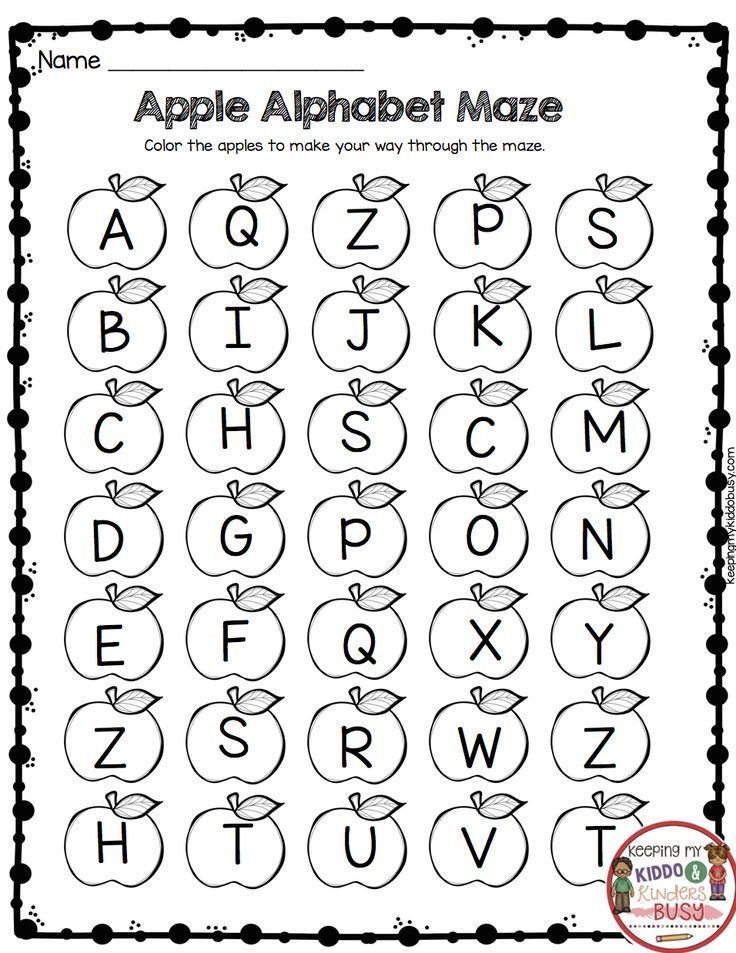
#9. Don’t Compare Your Child To Others.
Do you have friends on social media that brag about how their children are geniuses?
So many parents use social media as a place where they can brag how well their kids are doing at school and how smart they are!
It’s easy to compare what your child is doing with other children their age.
Every child has a unique learning process, and they will learn the information when they are ready!
There is no need to get frustrated or worried that the child is behind if they don’t know their alphabet at 16 months.
Take your time when you are teaching your child and stay positive with them! If you show them that you are frustrated, they will see your frustration and maybe not be as interested in learning.
Final Thoughts and Conclusion
My most important tips for teaching the alphabet are repetition and don’t get frustrated! If you follow these 9 ways to teach your child the alphabet, you are off to a great start on your child’s education!
I would love to help you on your journey to teaching your child the alphabet!
If you have any great ideas that you would like to share that helped you teach the letters of the alphabet to your child, please share them with us!
14+ Simple Activities to Teach Toddlers the Alphabet
82 shares
- Share
- Tweet
Learning the ABCs is the foundation of reading and writing and something that you’ll want to start teaching your child early on.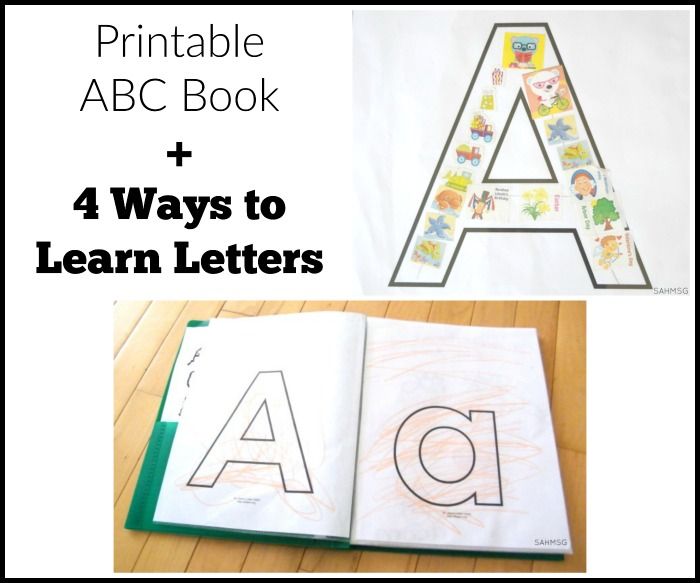
Teaching toddlers the alphabet can often seem like a daunting task because you’ll want to create a strong foundation to build on for higher level skills.
The last thing you want to do is make letter learning stressful or frustrating. The goal is not to have them just memorize the letters and spit them back out, but to interact and grow from what they are learning now.
When Should You Start Teaching Your Toddlers the Alphabet?
The good news is that little ones are like sponges and they love to learn!
Your toddler may begin to recite the alphabet from memory by learning the ABC song closer to 18 months old, but recognizing and identifying the actual letters is a skill that may come later on.
You can start teaching toddlers the alphabet around age 2, but can even begin earlier than that.
Now that’s not to say that at two years old your child will know their whole alphabet. Two is simply the age that they can recognize a letter here and there.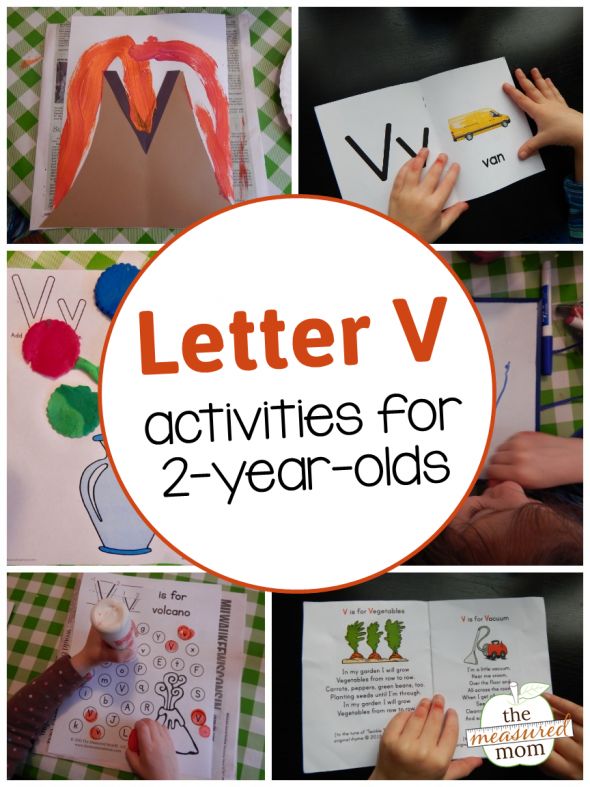
Don’t overwhelm your child by showing them the entire alphabet at once. Work on one letter at a time and your toddler should pick it up quickly.
How to Teach Toddlers the Alphabet
Children typically start recognizing the letters in their own name first and then recognize all other letters after that.
Be sure to have your child look at both uppercase and lowercase letters when learning. Most children are taught all of the uppercase letters first, however, the lowers case letters are the ones that they will see more often when they read or see words.
Incorporating the Alphabet in Everyday Activities
One of the best things about teaching toddlers the alphabet is that you can include simple activities throughout the day. Some of my favorite ways to do this are:
Board Books
If you aren’t already, reading to your children is so important and great for development. Exposing them to books helps them start to recognize letters.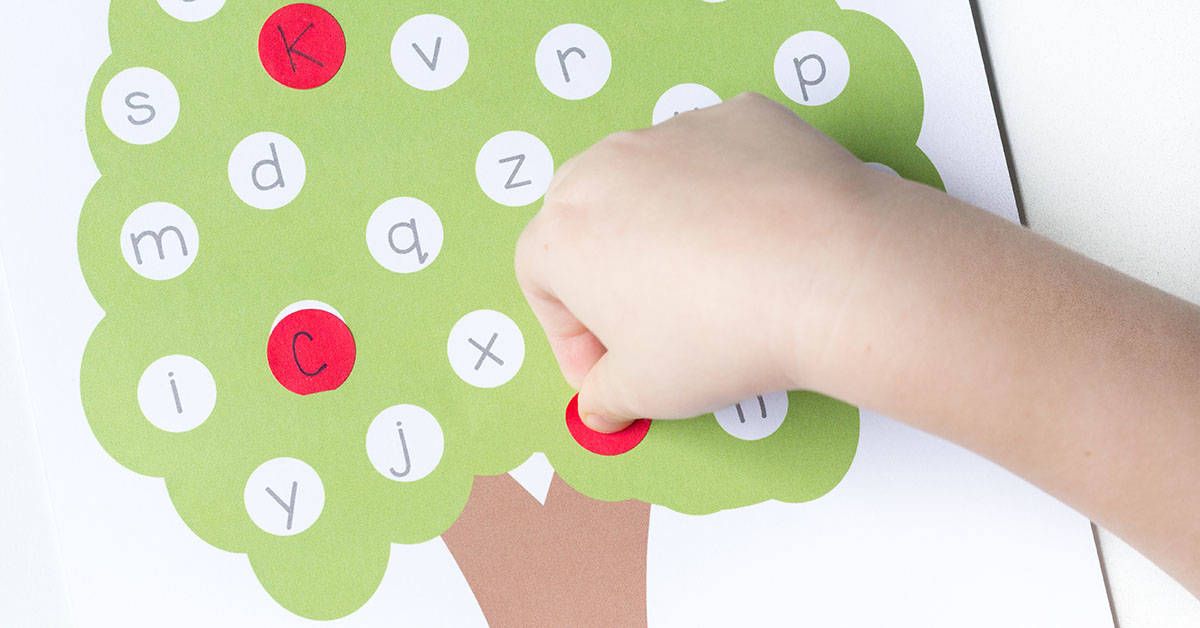
Any and all books provide so much benefit for recognizing letters as your child gets older, but board books with large letters are best for teaching toddlers the alphabet. This book allows your toddler to trace the letters with their fingers and lift-the-flap fun to help with letter learning.
ABC Toys
There are lots of different toys out there that help children learn their alphabet. Try finding toys like these letter matching puzzles that have your child match the shape of the letter.
Magnetic letters are also great. You can have them on the refrigerator so when you are cooking they can play with the letters.
Related Post: 20 Important Things to Teach Your 2 Year Old
Name Learning Recognition
Writing your little one’s name out large on a piece of paper and going over each letter is a great way to help them recognize the letters in their name. You can have them trace the letters in different colors to make a “rainbow name” activity.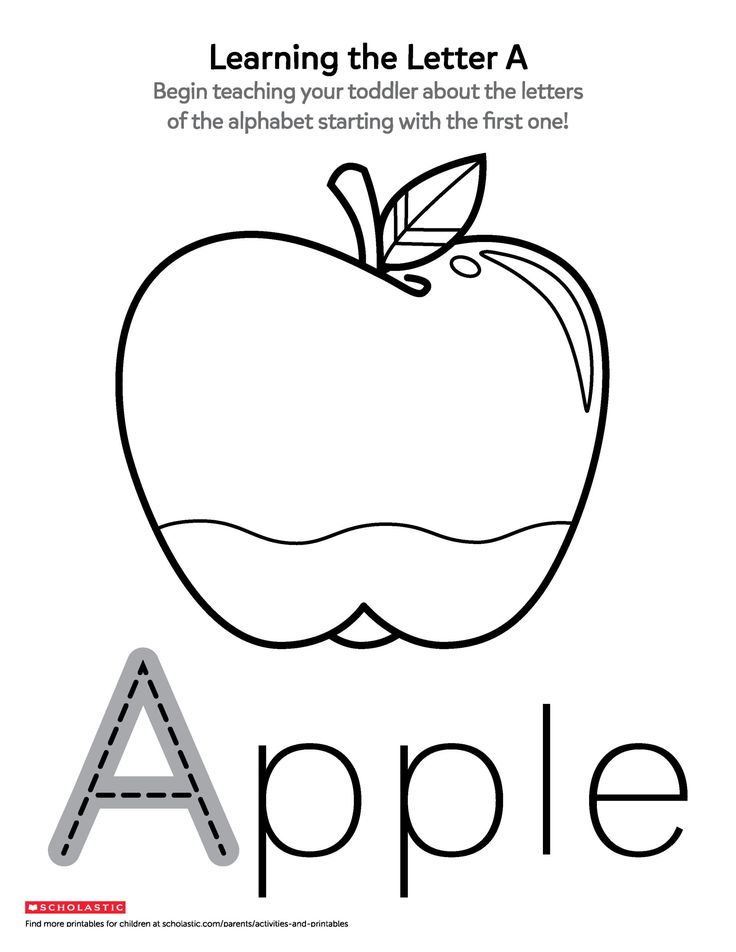
These name puzzles from Bloom Owl are a great way to get your child learning the letters of their name. They’ll love playing with the puzzle as they start to recognize the letters they see all the time.
Sing the ABC song
Singing the ABC song is a great way to help your toddler learn the sequence of the alphabet. When doing an activity like letter recognition, you can sing the song and point to the letter at the same time helping them to recognize the letter name with the letter shape.
Workbooks and Printable Worksheets
Workbooks and worksheets are great tools to help children learn the alphabet and teach them what letters look like. Even if they aren’t quite able to trace yet, exposing them to the letters is still a great idea.
Letter Shows
By far the easiest resource for having your child learning letters and letter sounds is the Leap Frog shows on Netflix. They include Letter Factory, Phonics Farm, and more. If you have Netflix you can access these shows! My 20 month year old was reciting all of the letter sounds because he loves this show so much!
Games and Activities for Teaching the Alphabet
Since toddlers learn through play and exploration of their environment, they understand best when taking a hands-on approach to learning.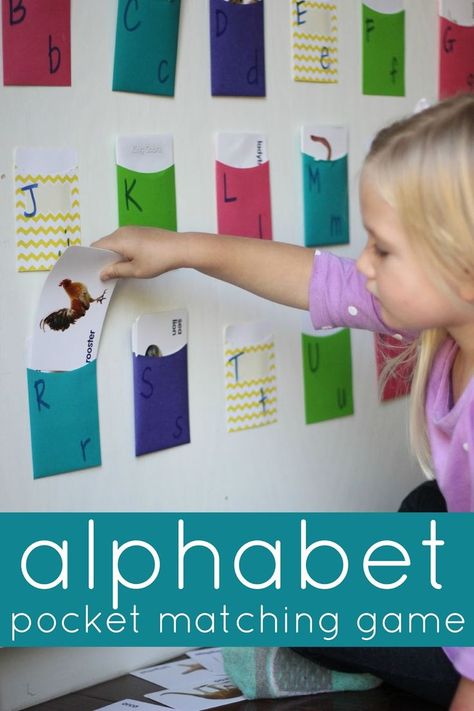 Finding fun games and activities is a great way to teach toddlers the alphabet by making it an engaging learning experience.
Finding fun games and activities is a great way to teach toddlers the alphabet by making it an engaging learning experience.
Every child also has their own style when it comes to absorbing new information. Some children may learn best while jumping up and down, feeling objects with their fingers, or listening to a song.
Here are a few games and activities that incorporate sensory modalities to build on letter learning. They don’t involve actually writing letters, so they’re great for young toddlers as you teach them the alphabet.
Related Post: 31 Things That You Can Teach Your 3 Year Old
Alphabet Soup Via Busy ToddlerThis activity is great for toddlers because it helps them to interact with letters and have fun. You can help them by asking them what letter they found and then associating the sound the letter makes.
Writing Let
ters with Shaving Cream Via A Gift of CuriosityWriting letters with shaving cream is one of the ways my mom helped me learn letters as a child. I remember having so much fun writing with shaving cream.
I remember having so much fun writing with shaving cream.
Bury some letters in rice (beans would work too!) and have your toddler find them. This is a great way to engage them with play and also help them learn to match up their letters. Another way you can change this up would be to have them match uppercase to lowercase and vice versa.
Feed the Alphabet MonsterVia I Can Teach My ChildFeed the alphabet monster is a fun and silly way to help teach toddlers the alphabet. You can leave the letters in order to start and then, later on, scramble them up. Another way to make this game a little more complex would be to have an uppercase and lowercase version of each letter.
Related Post: 10 Clever Ways to Teach Your Toddler How to Share
Sticky Alphabet TreeVia Toddler ApprovedI love this game for teaching toddlers the alphabet! I think it is adorable and functional. You can help your toddler associate words with each letter like “A for apple” or “B for bear”. As they become more proficient, you can ask them to say a word that starts with the letter they picked up.
You can help your toddler associate words with each letter like “A for apple” or “B for bear”. As they become more proficient, you can ask them to say a word that starts with the letter they picked up.
Dry Erase Letter Erasing
This is a multi-sensory activity using a dry erase board and dry erase marker or eraser to help your child learn to recognize letters. Tell them that you will tell them a letter to find. Then they must locate it on the board and erase it. This is great for little ones who don’t have control of writing actual strokes.
Teaching toddlers the alphabet doesn’t have to be complicated and learning through play is a great way to build a strong foundation for letter recognition. There are so many simple everyday activities that you can do to help them learn.
The best part is when you teach your older children the alphabet, they can help your younger children learn too!
I hope that you found some practical ways to incorporate teaching toddlers the alphabet in your everyday activities and some fun games to play!
Related posts:
5 Ways to Learn the Alphabet Quickly and Easily with a 3-6 Year Old Child – Somersault
Before learning the alphabet with a child, it is important to understand what you are not going to do. Namely, learning to read. This is a more complex skill, so it is worth putting it off until the time when the child gets acquainted with all the letters and will confidently recognize them and write on their own. Until then, put off the alphabet and reading by syllables.
Namely, learning to read. This is a more complex skill, so it is worth putting it off until the time when the child gets acquainted with all the letters and will confidently recognize them and write on their own. Until then, put off the alphabet and reading by syllables.
In this article, we have put together the basic principles to quickly learn the Russian alphabet with a 3-6 year old child in a playful way. For all games with letters, you can use plasticine, paints and any improvised means or magnetic letters - they will easily attract the attention of the child.
Contents:
- Learn the Alphabet Easily: Basic Principles
- 5 ways to learn the alphabet with your child
- From alphabet to reading
How to Learn the Alphabet Easily: Basic Principles
Each child can find an easy way to learn the alphabet that suits him or her, but there are basic principles that are important for all children.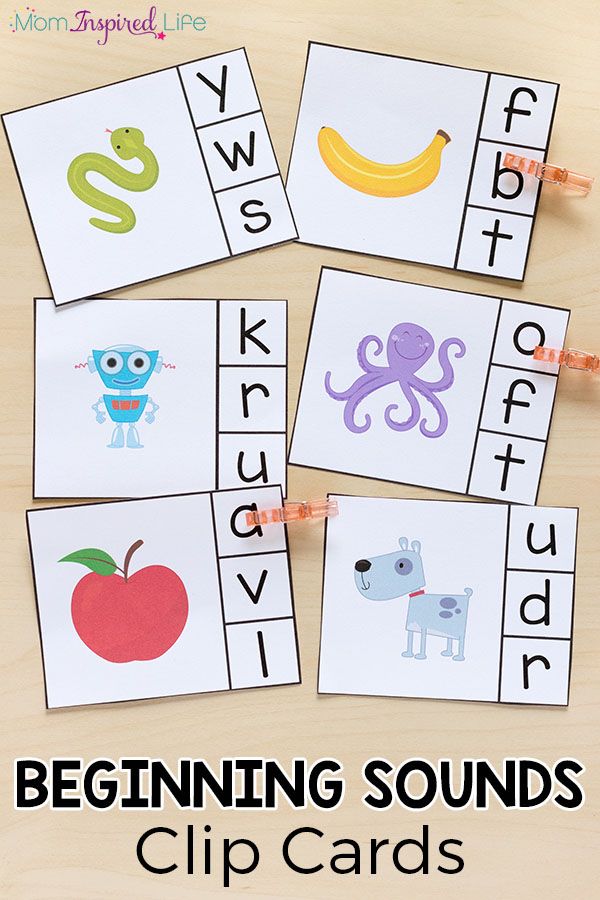 If you do not follow them, study will turn into drill and the child is unlikely to ever love to read. Here are a few such principles on how to properly learn the alphabet for a child.
If you do not follow them, study will turn into drill and the child is unlikely to ever love to read. Here are a few such principles on how to properly learn the alphabet for a child.
- Learn sounds first, not letters . At the first stage of learning, it does not matter how the letters in the alphabet are called correctly. Now only sounds are important for the child - "d", and not the letter "De". The names of the letters will only confuse the child, who first needs to learn to recognize the shape of the letters and their sound.
- Not learning the alphabet in the correct sequence . Until a child goes to school, it is of no use to him to know how the letters are arranged in the alphabet. This information will only distract him from what is really important: how the letters look and sound. The sequence of the alphabet can be learned later or even at school, where this knowledge will be tested by the teacher.
- Do not turn learning into a lesson .
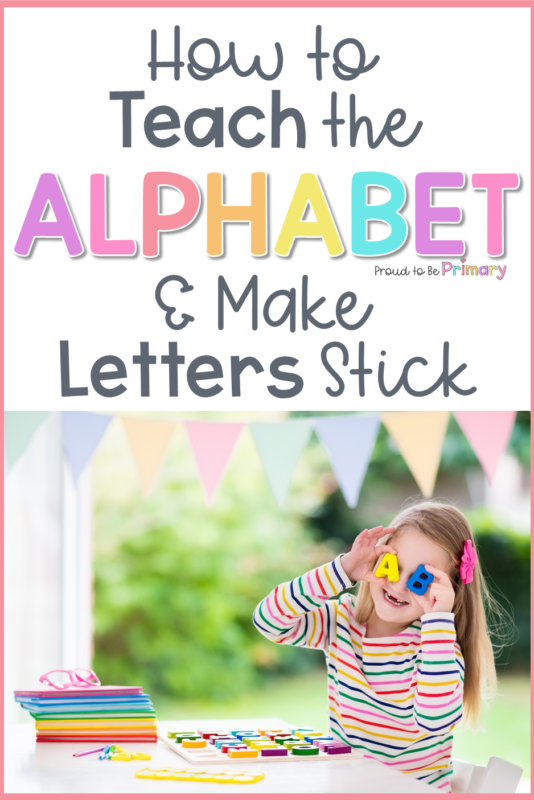 Learning from call to call is difficult even for children at school, let alone a baby. Therefore, all learning should take place in a playful way and not for long: 5-7 minutes a day to get acquainted with the letters will be enough. Gradually, this time can be increased, especially if the child likes the proposed games with letters.
Learning from call to call is difficult even for children at school, let alone a baby. Therefore, all learning should take place in a playful way and not for long: 5-7 minutes a day to get acquainted with the letters will be enough. Gradually, this time can be increased, especially if the child likes the proposed games with letters. - Use material objects . At the age of 3-6 years, the child learns the world by touch and taste. It is difficult for him to work with abstract letters spoken aloud. Therefore, it is better to stock up on plasticine and paints and create letters that are more understandable to the child and can be touched. Such a game for children will allow the child to learn the letters of the alphabet and he will recognize them in different forms regardless of what they are made of.
- First vowels, then consonants . Vowel sounds are easier to pronounce, so it's worth starting with them.
The main thing is not to force anyone. If you see that the child is inquisitive, enjoys exploring the world and is ready to learn, you can move on to learning letters and the alphabet. So the child will be happy to learn the alphabet in a playful way and gradually learn to read. So that the game is not abstract, you can use the magnetic letters TUMBLING.
If you see that the child is inquisitive, enjoys exploring the world and is ready to learn, you can move on to learning letters and the alphabet. So the child will be happy to learn the alphabet in a playful way and gradually learn to read. So that the game is not abstract, you can use the magnetic letters TUMBLING.
5 ways to learn the alphabet with your child
1. Use an interesting topic to study
Use your child's interest to spur his motivation to learn. For example, if your kid is crazy about cars, let them be the topic in which you learn the alphabet. Use any words related to cars:
"A" - bus
"B" - trunk
"C" - driver, etc.
You can show cars and their parts, draw or sculpt from plasticine. It is important that the child's focus shifts from learning to doing what they love. Additionally, the method will help expand vocabulary and knowledge about the world.
2. Cross out a letter of the alphabet in the list
Fill in a small square with arbitrary letters.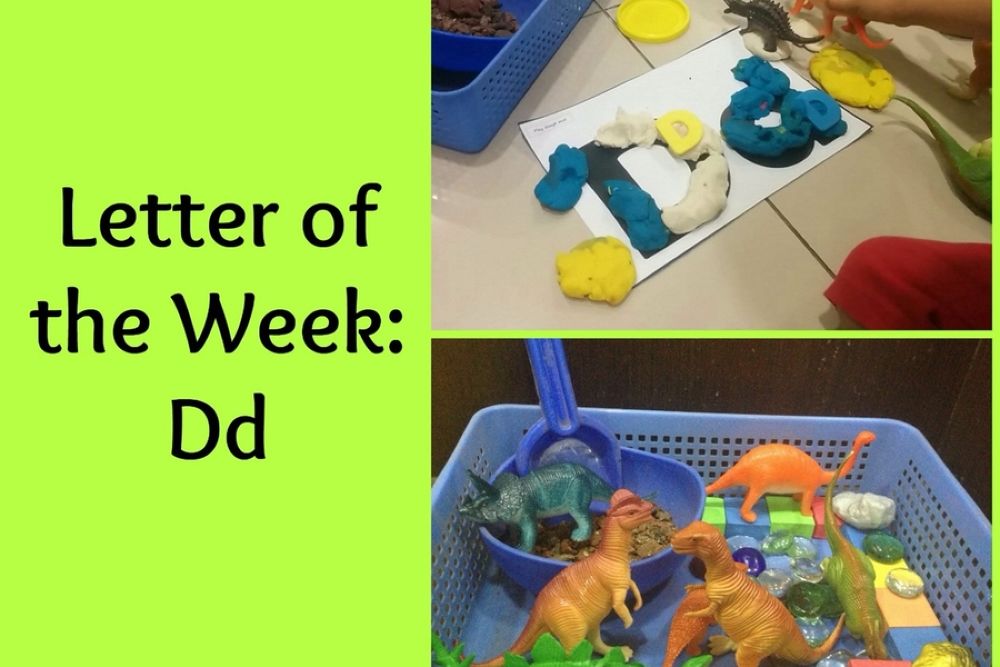 The task is to cross out only the letter that you are studying. This will help the child focus on one letter and not get distracted by the ones he doesn't remember or don't know.
The task is to cross out only the letter that you are studying. This will help the child focus on one letter and not get distracted by the ones he doesn't remember or don't know.
3. Pulling the letters of the alphabet out of the pouch
The soft-touch magnetic letters are perfect for this method. Put the letters in a bag and give the child the task, without looking, to pull out only the letter that you thought of. Let there not be too many letters in the bag, otherwise the child will get confused. 6-7 pieces will be enough. To start, use letters that are very different in shape, such as "O" and "M". Gradually, the complexity can be increased and searched among similar letters, for example, "K" and "X". Don't forget to praise and encourage your child. You can alternate the learning process with desktops.
4. Recognize letters of the alphabet by ear
You pronounce a word, and if it contains a hidden letter, the child claps his hands.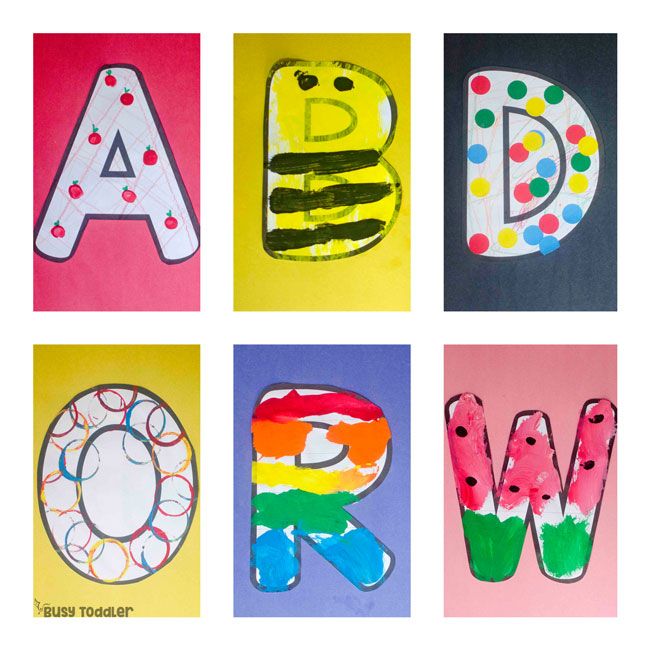
With this game for kids, you can learn individual letters or the entire alphabet. For example, you name a word, and the child inserts its first letter into the insert frame. To stimulate your child's interest, you can use only words from his favorite topic, for example, the names of animals.
5. Guess words starting with the first letter
You choose one letter and think of a word that starts with that letter. For example, the letter "Z":
- What is this animal with big ears and loves carrots?
- Hare!
This game form is again suitable for learning individual letters or the entire alphabet. If you learn only one letter, the child gets used to quickly recognizing it in different words. And if you give words with different letters, the child as a whole learns to understand with which letter they begin. With the study of the account and the English language will also help TUMBLING.
From the alphabet to reading
When a child learns the Russian alphabet, confidently recognizes all the letters in different words and can draw or mold them on his own, it is worth moving on to reading. Because you need to learn the alphabet just so that the child can read. If knowledge is not used, it will hang as an extra burden, and by the time school will be forgotten. Therefore, you should not learn the alphabet too early: at 3-4 years old, a child is simply not interested in reading books in order to learn something new. He is more interested when his mother reads. Conversely, by the age of six, the child will be glad to have his own books to read them himself.
Because you need to learn the alphabet just so that the child can read. If knowledge is not used, it will hang as an extra burden, and by the time school will be forgotten. Therefore, you should not learn the alphabet too early: at 3-4 years old, a child is simply not interested in reading books in order to learn something new. He is more interested when his mother reads. Conversely, by the age of six, the child will be glad to have his own books to read them himself.
How to teach a child the letters
How to teach a child the alphabet as early as possible? How to get a child interested in learning? What teaching aids are better: primers, alphabet, cards with letters, games? What if the child does not want to learn letters? And many other questions about teaching a child the letters of the Russian alphabet were told by the teacher of the children's development center.
ContentsExpand
- When is the best time to start learning the alphabet
- Aids in learning the alphabet
- Methods
- Method of memorizing letters from images
- Bakhtina's interesting technique
- Basic recommendations for the study of letters according to the classical method
- Learning letters with pleasure
Parents are looking for newfangled methods, trying to figure out how to teach their child letters successfully and quickly, however, this does not always lead to the expected effect.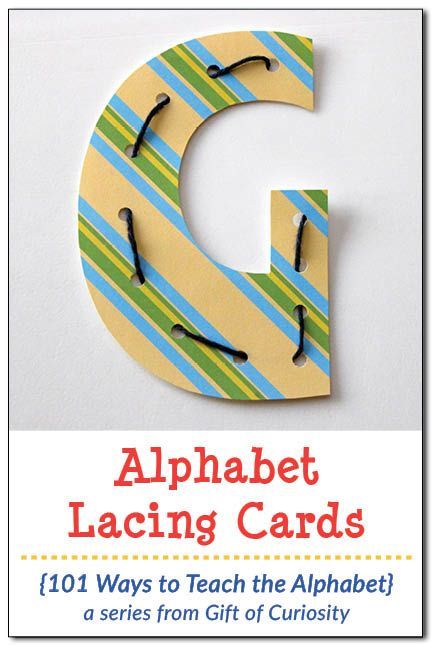 In order for the process of teaching children the alphabet to go smoothly, you need to take into account the following points related to their psychology and physiology - the age at which it is better to start learning and the characteristics of children's thinking.
In order for the process of teaching children the alphabet to go smoothly, you need to take into account the following points related to their psychology and physiology - the age at which it is better to start learning and the characteristics of children's thinking.
When is the best time to start learning the alphabet? Therefore, at the age of 1-2 years, it makes no sense to engage in a targeted study of the alphabet, in the form in which it is necessary for further learning to read. Moreover, by trying to force the baby to remember the letters by force, you risk causing him a negative reaction to the process of learning the alphabet, thereby turning him away from further studies.
Remember that it is impossible to force children to learn the alphabet, it is desirable to interest them in this, then they will react favorably to the lessons.
It is also important to understand that there are no clear age limits within which a child should start learning the alphabet.
For some children, this will go away “with a bang” already at the age of 2 years, for others, even at 3 years old, memorizing the alphabet will be difficult.
You can start learning letters if the child:
- easily concentrates during developmental activities;
- has a good visual memory;
- loves to have books read to him, loves to look at them on his own.
Start learning letters with your child, for starters, exclusively in a playful way.
Aids in the study of the alphabet
Of course, the primer and the alphabet will be the main assistants in this difficult but interesting business. Let's take a look at how these benefits differ.
- Primer is a study guide that not only depicts letters, but also outlines methods for teaching reading, but also contains recommendations for parents on how to better learn the alphabet and conduct classes.
- ABC is a series of manuals representing the letters of the alphabet in any variant.
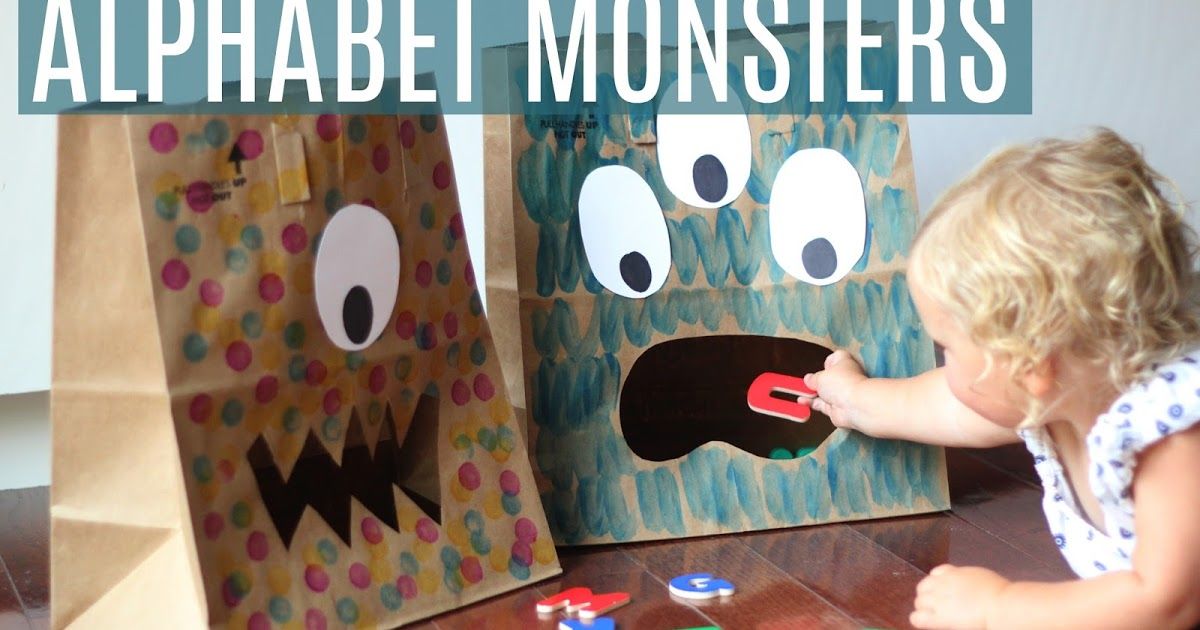 These can be cubes with images of letters, cards, lotto, stickers, various kinds of puzzles, sets of letters on magnets.
These can be cubes with images of letters, cards, lotto, stickers, various kinds of puzzles, sets of letters on magnets. - Standing apart in this series are poetic alphabets - when a letter, its sound or image is played out in poetic form. The most pleasant for the perception of young children are the poetry collections of S.Ya. Marshak and A. A. Usachev.
Methods
There are several popular methods on how to learn the letters of the Russian alphabet correctly, each of them has its own advantages and disadvantages. Let's look at them in more detail.
Method of memorizing letters by images
Essence of the method: One of the popular methods preferred by many parents is learning the alphabet in the following way: the child is asked to learn and remember a letter, reinforcing its perception with an image of an object that begins with this letter.
Example: "A" in most cases suggests a watermelon drawn next to it, "D" - a house, "R" - a fish, and so on.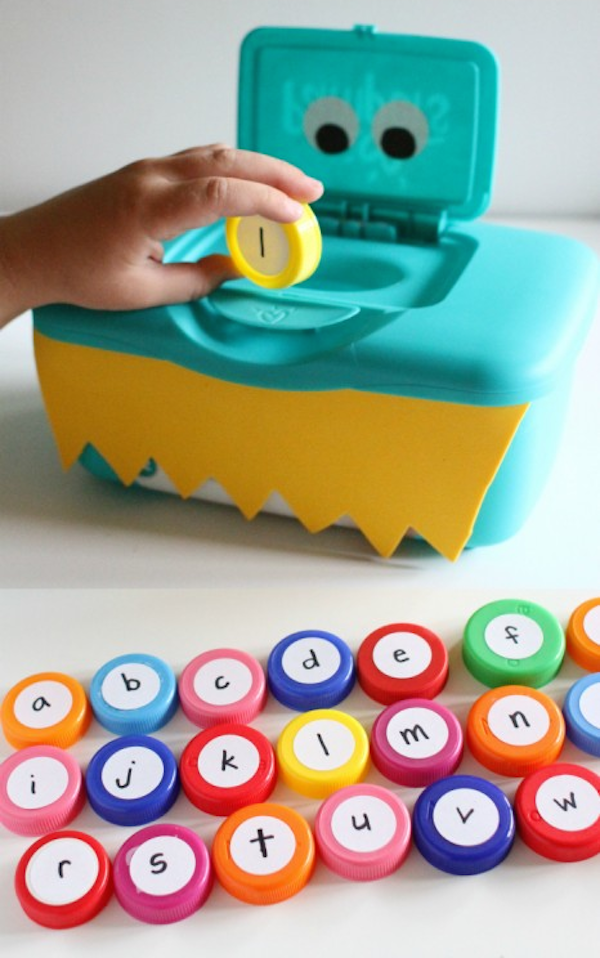 This is not entirely correct, and here's why.
This is not entirely correct, and here's why.
Minuses: Parents often complain that as a result, the child remembers not the pronunciation of a single letter, but the entire visual chain - that is, "A" for him is a watermelon. And in the future, when asked to show "A", the child points to a watermelon, and when you ask him what letter it is, he answers - "watermelon".
Advice: Therefore, professional teachers recommend using such alphabets or flashcards only at the initial stage - at the age of 2-3 years, in order to interest children in learning the alphabet itself.
Bakhtina's interesting technique
Recently, the technique of E. Bakhtina, a teacher and author of the primer of the same name, has become very popular in teaching children the alphabet and reading.
Essence of the method: E. Bakhtina suggests learning the alphabet in the following way: assign to each letter its specific image, the association that the baby will have when he sees it.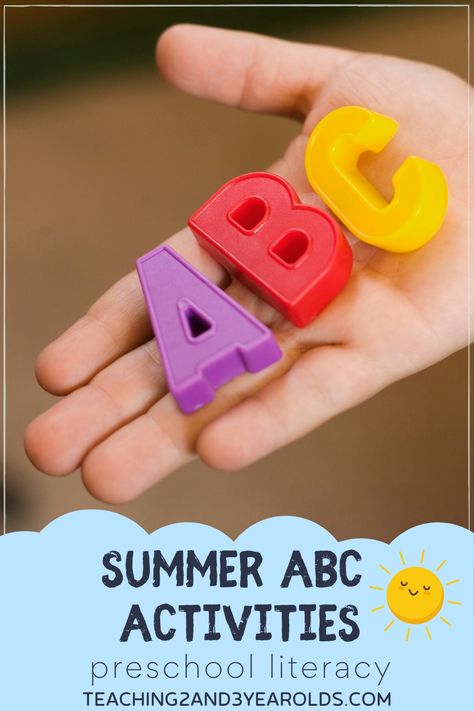 So, for example, “A” may be associated in a child with the sound that small children make when they still can’t speak anything.
So, for example, “A” may be associated in a child with the sound that small children make when they still can’t speak anything.
E. Bakhtina suggests using the fact that the outlines of many letters can be supported by an analogy with images of objects already familiar to the baby.
Example: Hippopotamus with a big belly, very similar to the image "B", "U" resembles a snail carrying a house on its back, and "E" and "Yo" differ from each other in that "E" The "eyes" are closed and they are not visible, while those of "Yo" are open.
Disadvantages: It must be said that the study of letters using this method requires a sufficiently developed associative thinking, and this is not necessarily characteristic of every child.
Pros: E. Bakhtina is popular, as the process of learning the alphabet is set out in it clearly and consistently, which allows it to be used not only by professional teachers, but also by parents on their own.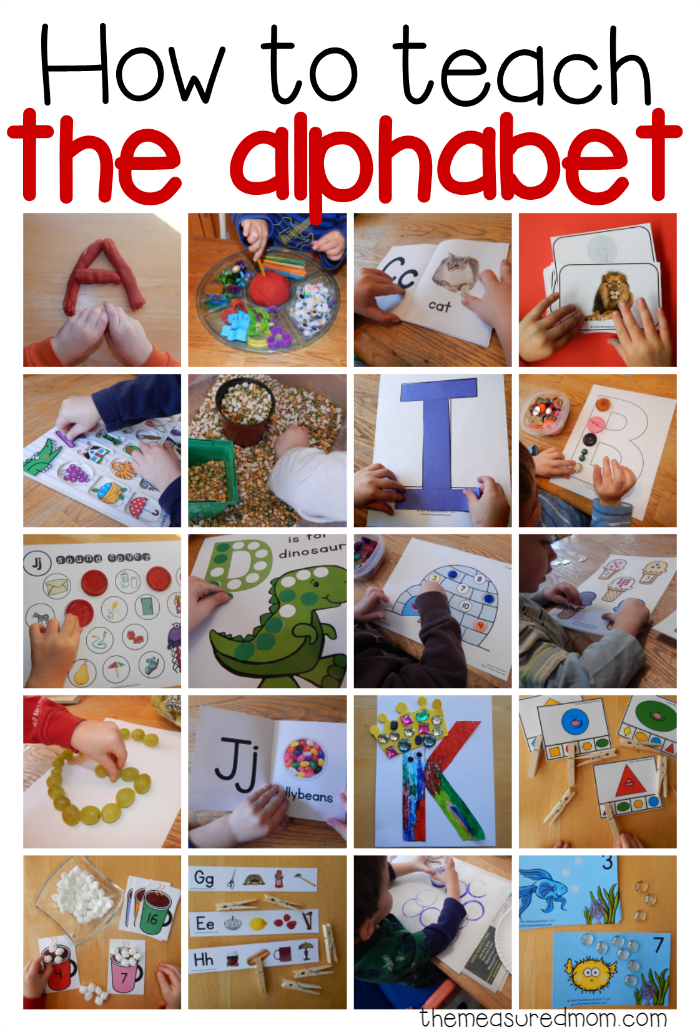
Download Elena Bakhtina's primer
Basic recommendations for learning letters using the classical method
In order to better understand how to teach a child letters, you can use the following recommendations:
- Make cards with all the letters of the alphabet, preferably not nothing more was depicted than the letter itself, while it should be bright and colorful, on a light background. Attach cards as you study above the child's work table, or on the wall of his playroom, thus training his visual memory.
- It will be easier to learn the simplest vowels "А", "О", "У", "И" at the initial stage, so start learning with them. Pronounce them correctly, as if "singing". In the future, this will greatly help when you teach your child to compose syllables.
- It is necessary to teach the child to pronounce not the name of the letter - "EM", "ES", "JE", but its pronunciation, the sound "MMMM", "SS", "LJ".
- Start studying consonants with "B", "P", "M", "N", "T", "G", "K".
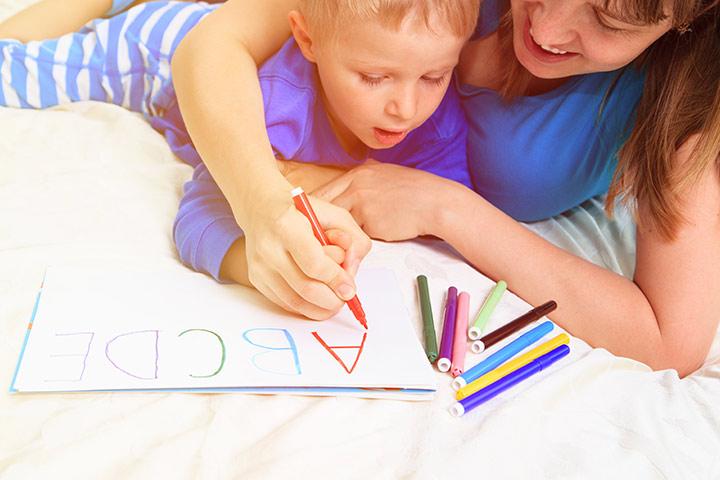 It is better to learn the pinching consonants "Ч", "Ш", "Ш" last, especially if their pronunciation causes difficulties for the baby.
It is better to learn the pinching consonants "Ч", "Ш", "Ш" last, especially if their pronunciation causes difficulties for the baby. - Don't hurry! If your child has trouble remembering certain letters, take a break. Come back to them after a while.
- We study letters not only when you study at home, but also on the street, while walking. Invite the young student to recognize already familiar letters on signs, in store names.
Learn more about these and other recommendations in a separate article at the link.
Learning letters with pleasure
Teaching young children should be fun, in a friendly and relaxed environment. Try to diversify the study of the alphabet by reading poetic alphabets, guessing riddles, memorizing rhymes and tongue twisters.
Do not rush to teach your child to write, first you need to successfully memorize all the letters, be able to call them quickly and without difficulty, and only after that you can start teaching the child to write letters.